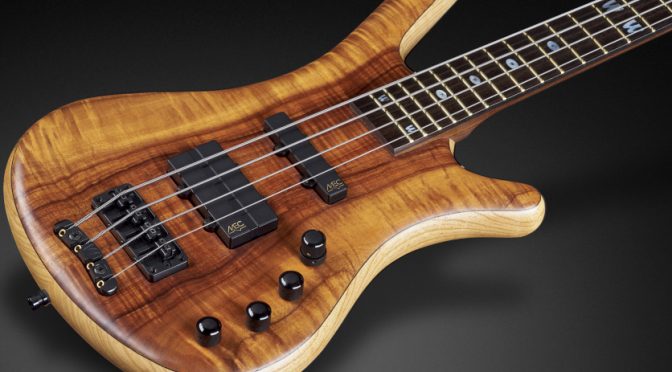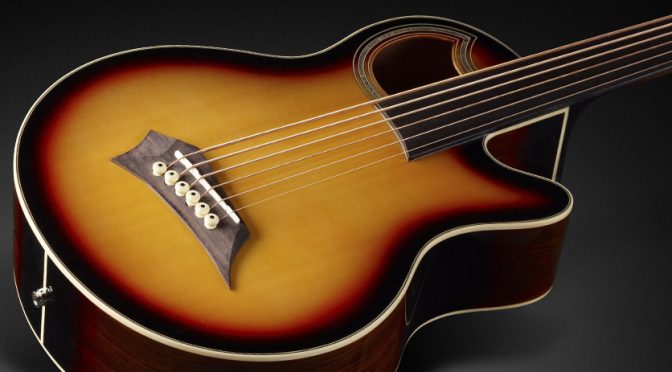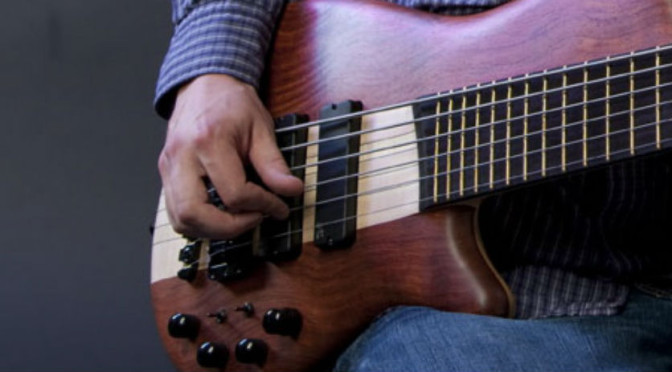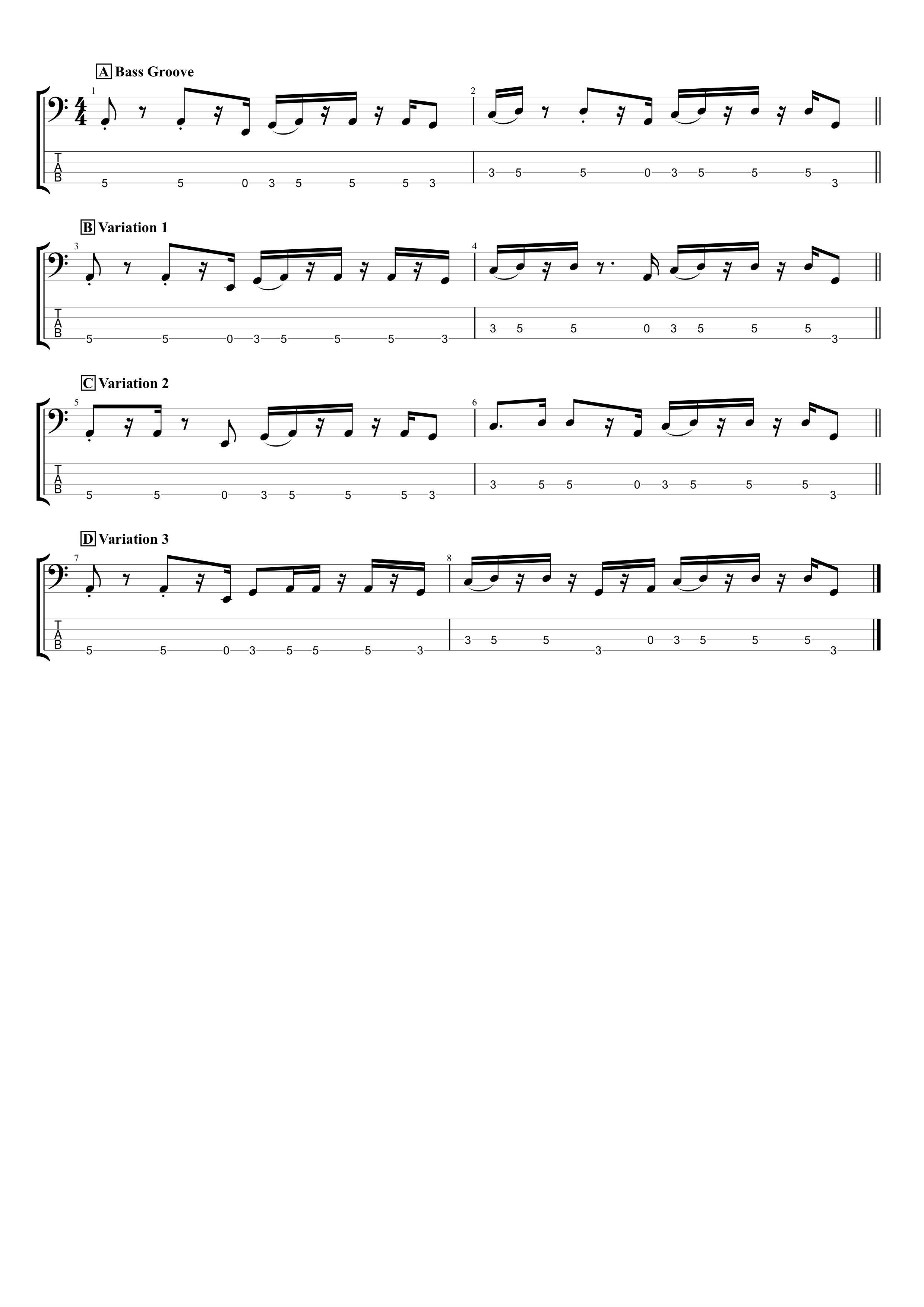Playing a Bass Ostinato for a Drum Solo – Bass Practice Diary – 11th September 2018
This week I visited my good friend Lewis Davies at his studio in South London. We spent the afternoon practising, just bass and drums. At the end I shot some videos to show what we were working on. One of the things we practised was playing a bass ostinato through a drum solo.
What’s an Ostinato
An ostinato is simply a repeating musical phrase, a bit like a riff. The purpose of playing an ostinato on the bass in this situation, is to hold down a groove while the drummer plays a solo.
The biggest problem with playing solos on either bass or drums, is that it breaks up the groove between the bass and drums. The purpose of the bass ostinato in this situation is for the bass player to take full responsibility for the groove so that the drummer can play a solo without it feeling as if the groove has been lost.
It’s a very high pressure situation for a bass player. The performance entirely depends on your timing and ability to keep the groove going against the potential distractions of a pyrotechnic drum solo. I remember as a young bass player being put in that situation on stage without having practised it. And I found it very uncomfortable. It’s very easy to rely too much on the drummer for the groove when you’re on stage.
Billy Cobham
A lot of drummers like to solo in this way. The composer and jazz musician Billy Cobham is just such a drummer. He writes and arranges his own compositions. So, he writes the kind of bass ostinatos that he wants to play over. I’ve always enjoyed playing Billy Cobham’s bass lines and in many of his arrangements it’s not only the bass player that plays the ostinatos.
The bass ostinato we play at the end of the video is from Billy Cobham’s classic composition Stratus which originally featured on his seminal jazz fusion album Spectrum.
Lewis Davies
Lewis is a good friend of mine and a multi talented man. He’s a music teacher, musician and he makes extremely high quality custom guitars. We met at music college when we were both in our late teens. And we’ve played, performed and practiced together a lot over the years.
Stay tuned for some more videos from our practice session in the next few weeks. And for now you can also check out this video we made together at a similar practice session a couple of years ago.

















